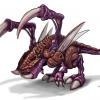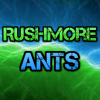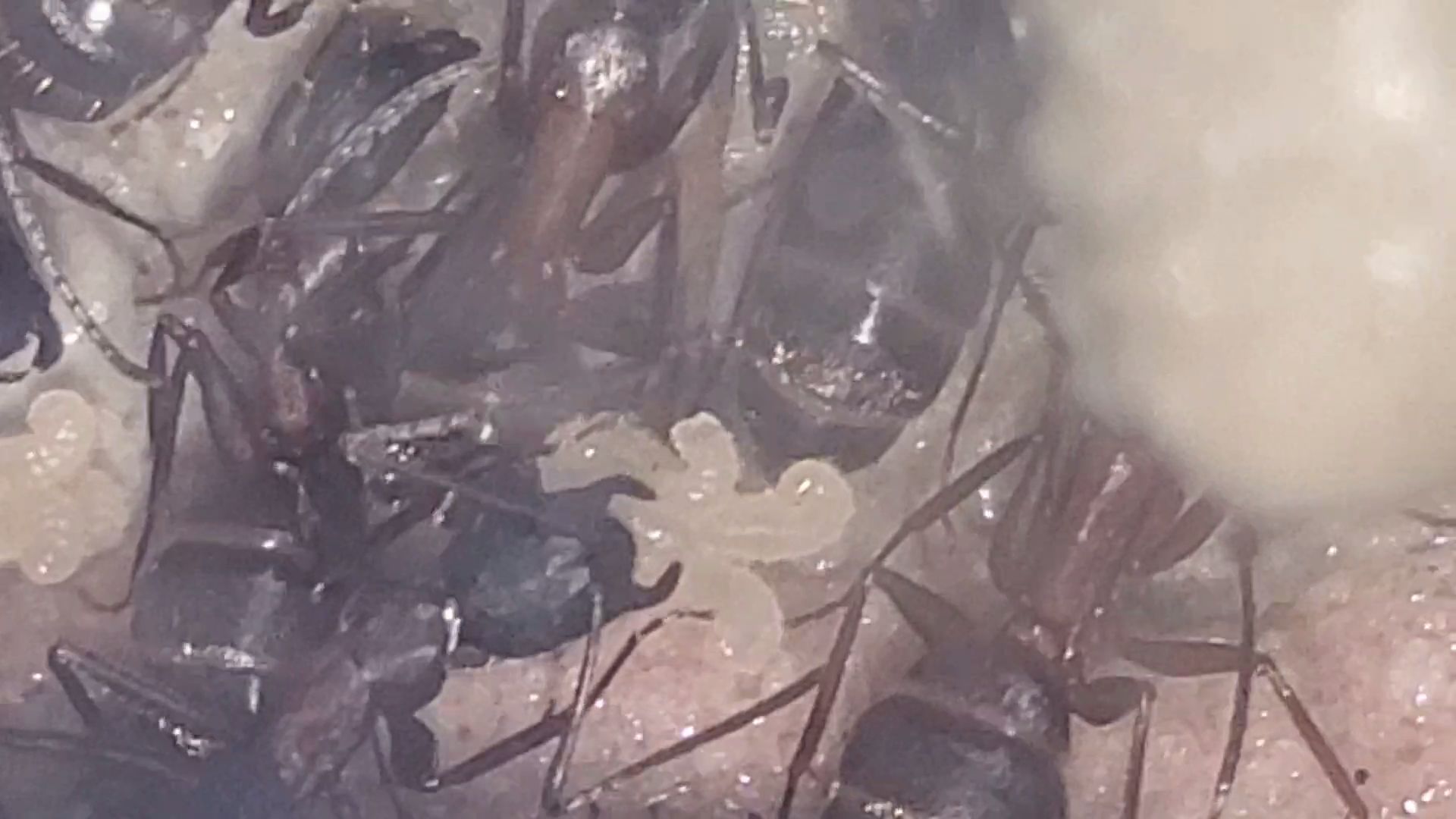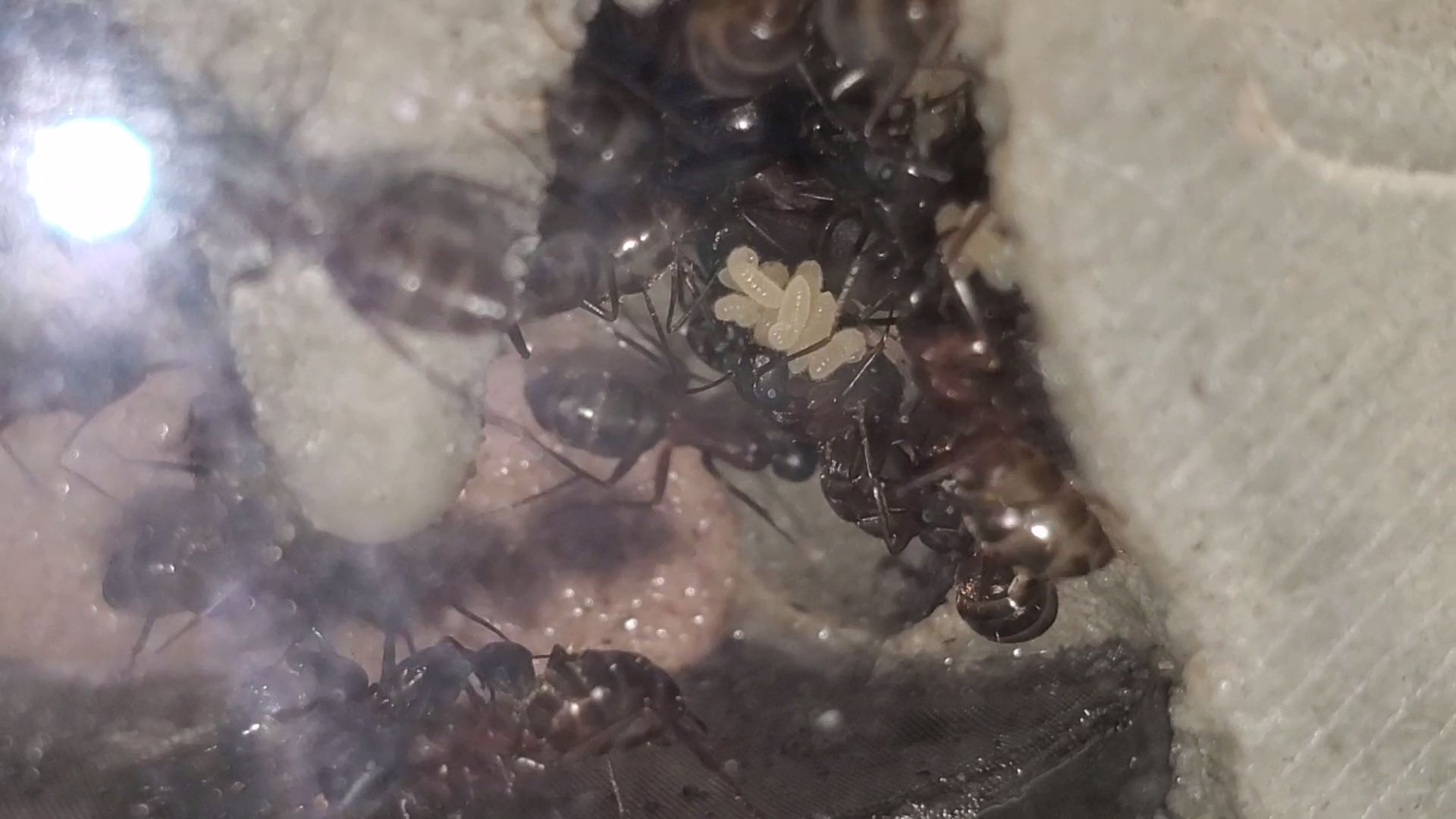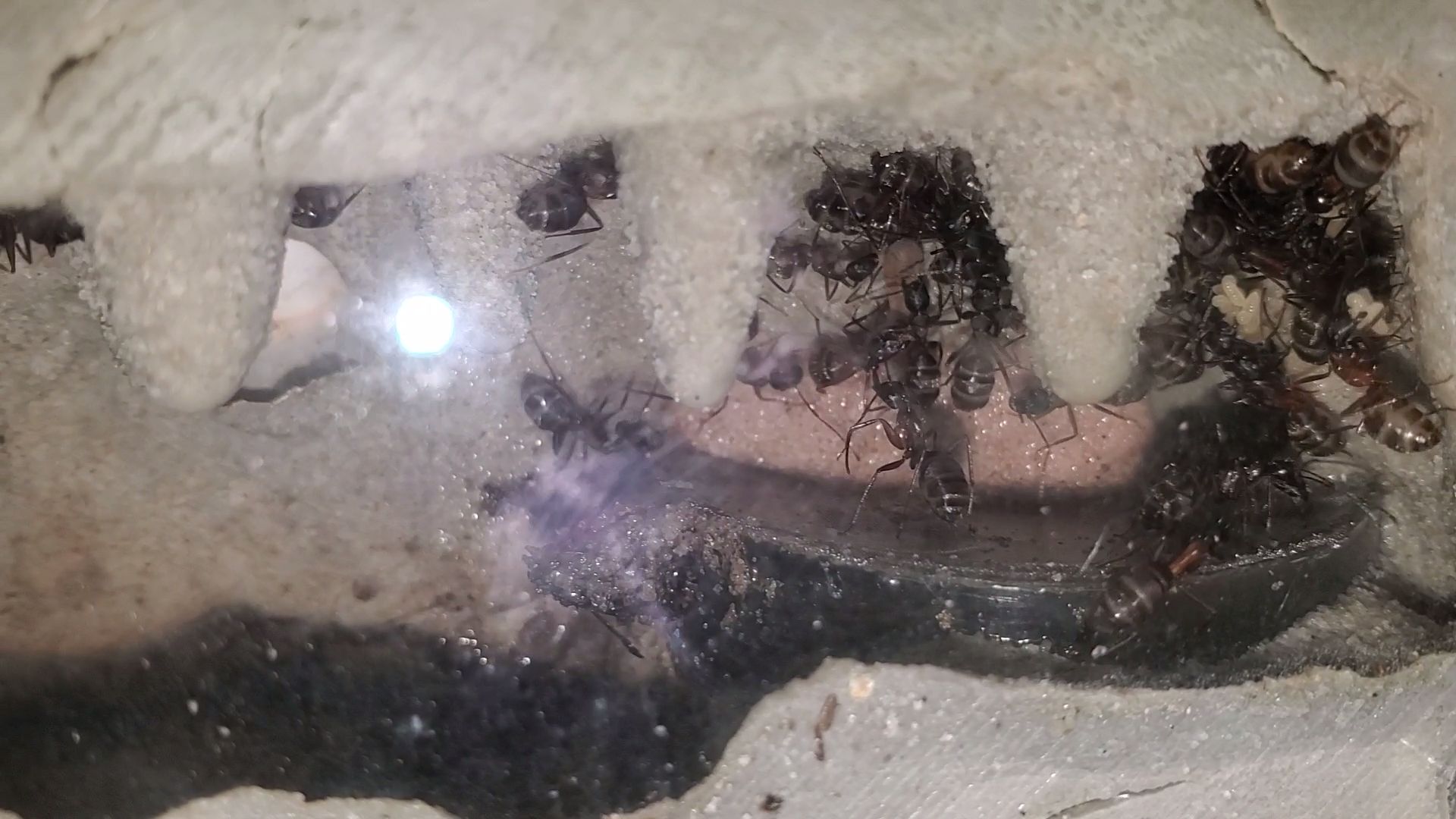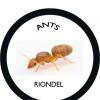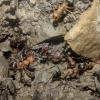treehunned’s Ant Journal
09/13/19
Hello! New member here with his first post on the FC forum. I’m a 23-year-old student/worker who lives in Virginia. I found out about ant keeping through many antscanada videos and my curiosity landed me in the formiculture forum. I managed to obtain each species from members of FC and the community has been very helpful with guidance needed to succeed in ant keeping. I currently have 3 species under my care (please lmk if you think the species is different, I’m confident with the genus being correct) and will log in a listed format.
aphaenogaster rudis- This colony was obtained on 9/7/19 from a member of the FC forum. I decided to name my first queen Zagara. These ants were 20-30 strong. Prior to their receipt, I ordered an ant formicarium from amazon: https://www.amazon.c...oding=UTF8&th=1 and was pretty excited to move them into there, being my first colony and all. I had bought wax worms, almonds and honey to mix with water so they could immediately be supplemented once they started to settle in. I live in a basement with AC so I just ordered heat mats and I have a strong light to serve as a heat source. I also bought some Tupperware and made holes big enough for the formicarium tubing to make it connect so I could add it as the outworld. Once I had everything set up to move them, I realized the test tube was far larger than both the formicarium & the Tupperware outworld which was my first dilemma on how they would be able to move. Choosing to move them into formicarium instead of keeping them in the tube set up, I made a hole where the tube would fit through the Tupperware outworld diagonally and they all moved directly to the formicarium when using light on the tube and outworld.
I was super stoked to see them move the brood into the nest area. However, the next day when I woke up before work I saw no ant in sight, not even in the nest area. When I came back after work I was guessing they must be under the nest since I had to prop up the nest area with a rock for the wall of the nest to touch the wall of the formicarium. With no surprise, they were all under the nest and I removed the nest since I did not want to risk the chance of the nest squishing all the ants hiding under. I was reading some folks superglued it to the wall, really wish I did this at first since now putting it back would require me to remove the sand they are currently using. On top of having a proper nest area, I worried not having enough moisture in the set up which would lead to them dying. I put makeshift aluminum plates of water and tubes filled with water and cotton in the end to serve as hydration and moisture. Over the past few days when I arrive home I find all the ants residing in the middle of the tubing which leads me to believe they like dry areas. They’ve eaten the honey and almonds but rejected the wax worms, going to try crickets this week and seek other forms of protein they like. I’d like to think I’m in a dire situation right now with trying to resolve humidity control and finding a better area for them to nest. Hopefully the heat mat would help, I probably will put it to one side of the setup and not under so they can decide where they want to be. Right now, they are using the corkscrew that came with their tubing as the area to rest as they decide where is the best place for them. Wondering if an antscanada tower or Tar Heel Mini Hearth would do the trick.
 aphaenogaster.pdf 421.24KB
39 downloads
aphaenogaster.pdf 421.24KB
39 downloads
camponotus chromaiodes- I obtained this beautiful colony on 9/11/19 through a member on the FC forum. The queen was named Idunn prior to the transfer and the colony looks healthy with about 15 to 20 workers. They live in a Tar Heel mini hearth right now where they gather over the water container as their nest area. They have lots of pupae and I really love this set up, I wish I chose this mini hearth over the INNOlife formicarium for my aphaenogasters. Still trying out diet with these ladies would love any suggestions to accommodate their growth before hibernation, they’ve only liked the almonds and honey so far. For hibernation, I’m thinking of putting them in the vegetable compartment in my fridge so they don’t freeze. I don’t know what the ideal temperature for them is so if anyone has some insight please share. I’m thankful for the member who sold them to me because they look so cool and big. I’ll try my best to make them prosper. All suggestions are welcome to this newbie.
 componotus.pdf 378.45KB
35 downloads
componotus.pdf 378.45KB
35 downloads
Crematogaster Cerasi- Say hello to Hecate(left) and Iris(right)! I obtained these queens on 9/11/19 through a member on the FC forum. From what I can gather these are a claustral queens that will require weekly or bi-weekly check-in’s until they produce eggs where they will then require food. With the season approaching they might hit hibernation instead so I’ll have to keep that in mind. I’ve attached a pic of them, does anyone know if this brown stuff is just their excrement? Probably will move this queen to a cleaner tube to prevent disease and keep things sterile. I don’t really want to check on them too much to avoid stressing them out.
 crematogaster.pdf 1.24MB
34 downloads
crematogaster.pdf 1.24MB
34 downloads
Reflecting now I need to find good level of moisture for my apheanogasters. I ordered an antscanada tower in panic as solution but we’ll see as I do more research. I’ve only seen one carcass thus far which puts me alarmed but hopefully I can get this queen some peace soon. Still my first week so I’m experimenting diet and how much one colony wants a certain type of food over the other. I feel like I can’t make a mistake though as I have ant bodies on the line. I did not know there was so much to learn from ants and its quite literally made me appreciate the smaller things.
Thank you all for reading and I would love all advice.
treehunned


